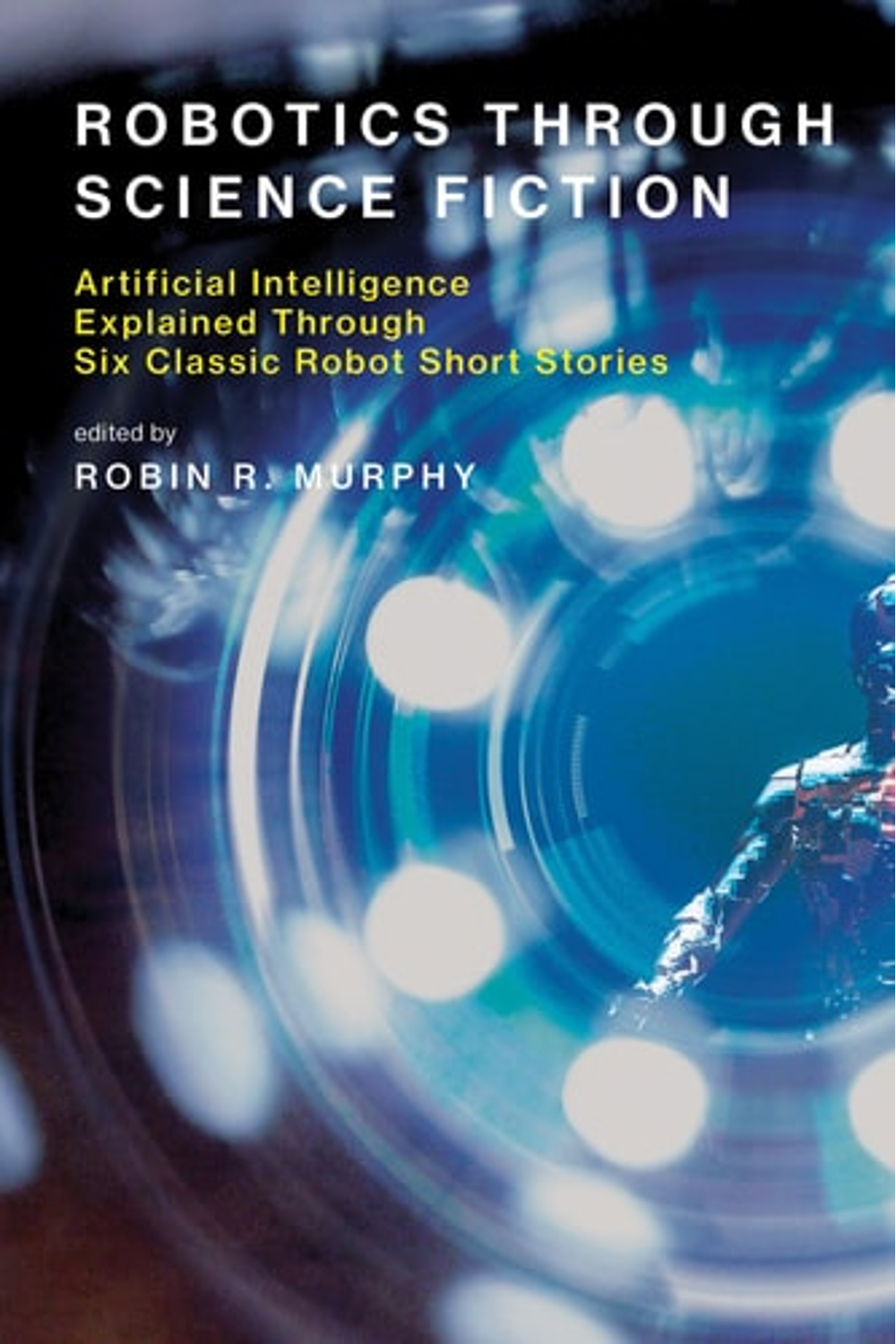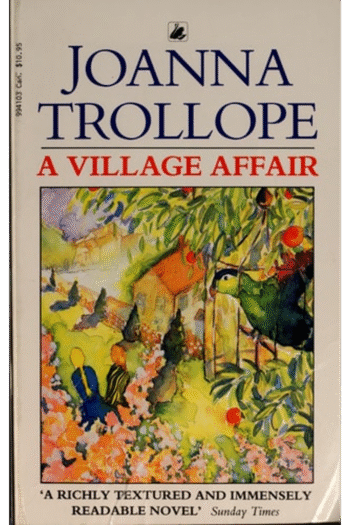Explore the fascinating intersection of science fiction and artificial intelligence with “Robotics Through Science Fiction,” a compelling anthology published by The MIT Press. This thought-provoking collection uses six classic science fiction stories from legendary authors like Isaac Asimov, Philip K. Dick, and Vernor Vinge to illustrate key principles of AI and robotics. Each story is accompanied by insightful commentary, bridging the gap between fantastical narratives and real-world applications. This unique approach makes complex concepts accessible to anyone curious about the future of intelligent machines. Discover how these timeless tales explore the ethical considerations, technological challenges, and societal impact of artificial intelligence, making “Robotics Through Science Fiction” an engaging and informative read for both sci-fi enthusiasts and those seeking a deeper understanding of AI. Dive into Asimov’s Three Laws of Robotics, contemplate the perils of autonomous weapons in Dick’s work, and explore the intricacies of human-robot interaction within these carefully selected stories. This anthology serves as an accessible and exciting introduction to the complex world of robotics and artificial intelligence.
Robotics Through Science Fiction: Artificial Intelligence Explained Through Six Classic Robot Short Stories (The MIT Press)
17,17 $
In stock
Six classic science fiction stories and commentary that illustrate and explain key algorithms or principles of artificial intelligence.
This book presents six classic science fiction stories and commentary that illustrate and explain key algorithms or principles of artificial intelligence. Even though all the stories were originally published before 1973, they help readers grapple with two questions that stir debate even today: how are intelligent robots programmed? and what are the limits of autonomous robots? The storiesby Isaac Asimov, Vernor Vinge, Brian Aldiss, and Philip K. Dickcover telepresence, behavior-based robotics, deliberation, testing, human-robot interaction, the uncanny valley, natural language understanding, machine learning, and ethics. Each story is preceded by an introductory note, As You Read the Story, and followed by a discussion of its implications, After You Have Read the Story. Together with the commentary, the stories offer a nontechnical introduction to robotics. The stories can also be considered as a set ofadmittedly fancifulcase studies to be read in conjunction with more serious study.
Contents
Stranger in Paradise by Isaac Asimov, 1973
Runaround by Isaac Asimov, 1942
Long Shot by Vernor Vinge, 1972
Catch That Rabbit by Isaac Asimov, 1944
Super-Toys Last All Summer Long by Brian Aldiss, 1969
Second Variety by Philip K. Dick, 1953
| Binding | |
|---|---|
| Condition | |
| ISBN-10 | 0262536269 |
| ISBN-13 | 9780262536264 |
| Language | |
| Pages | 198 |
| Publisher | |
| Year published | |
| Weight | 272 |
| Edition | Illustrated |
Related products
Adventures of Chuggalug
13,12 $A Village Affair
13,12 $LE PRINCIPE DE PETER
14,45 $
- Additional information
- Currencies
- USD – United States dollar
- EUR – Euro
- GBP – Pound sterling
- CNY – Chinese yuan
- BRL – Brazilian real
- MXN – Mexican peso
- JPY – Japanese yen
- PHP – Philippine peso
- THB – Thai baht
- PLN – Polish złoty
- CAD – Canadian dollar
- MYR – Malaysian ringgit
- AUD – Australian dollar
- TWD – New Taiwan dollar
- CZK – Czech koruna
- SEK – Swedish krona
- HUF – Hungarian forint
- ILS – Israeli new shekel
- CHF – Swiss franc
- HKD – Hong Kong dollar
- DKK – Danish krone
- SGD – Singapore dollar
- NOK – Norwegian krone
- NZD – New Zealand dollar





